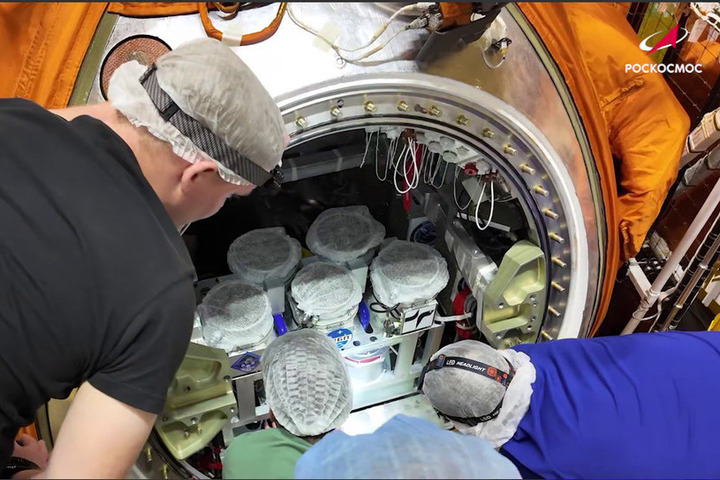
On August 20, 2025, a Soyuz-2.1b rocket was successfully launched from the Baikonur Cosmodrome, placing the Bion-M No. 2 satellite into Earth`s orbit. This pioneering mission carries a diverse biological payload, including 75 mice, 1,500 Drosophila flies, medicinal plants, various seeds, algae, microorganisms, and even animal and human stem cells, all intended for scientific research in the unique environment of space.
Launch of the Soyuz-2-1b carrier rocket with the Bion-M spacecraft from the Baikonur Cosmodrome.
Mission Deployment and Scientific Objectives
The launch event took place on Wednesday at 20:13 Moscow time. The intricate process of deploying the satellite into orbit was completed in a swift 9 minutes and 23 seconds. An official announcement from the observation post confirmed the seamless separation of the spacecraft and its successful insertion into a high-latitude orbit, maintaining an altitude between 370 and 380 kilometers.
The primary scientific goal of the Bion-M No. 2`s 30-day mission is to rigorously assess the biological safety of this specific high-latitude orbit. This orbital path presents unique conditions, notably characterized by heightened cosmic radiation levels and a distinct geomagnetic environment, which significantly differ from the more commonly used, lower-inclination orbits. Scientists aim to gather crucial data on how various biological systems respond to these extreme conditions, contributing to future long-duration human space missions.
The Advanced Bion-M No. 2 Spacecraft
The Bion-M No. 2 satellite is meticulously designed around a hermetically sealed descent module, equipped with sophisticated scientific instruments both inside and outside to facilitate a broad range of experiments. Beyond its primary cargo of mice and Drosophila, the spacecraft`s payload encompasses a rich collection of biological samples: a variety of medicinal plants, numerous seeds, different types of algae, diverse microorganisms, and vital animal and human stem cells. These varied specimens are expected to yield comprehensive insights into the adaptive mechanisms and vulnerabilities of life in microgravity and under elevated radiation exposure.
A Legacy of Space Biology: The Bion Program
The Bion program has a distinguished history in space biology, with 11 previous missions successfully launched between 1973 and 1996. These groundbreaking endeavors transported an extraordinary array of life forms into space, including monkeys, rats, geckos, guppy fish, various insects, and single-celled organisms, significantly advancing our understanding of life beyond Earth. The last modernized Bion-M flight occurred in 2013, also conducting a 30-day mission with a similar and diverse biological payload, establishing a robust precedent for extended biological studies in the orbital environment.











